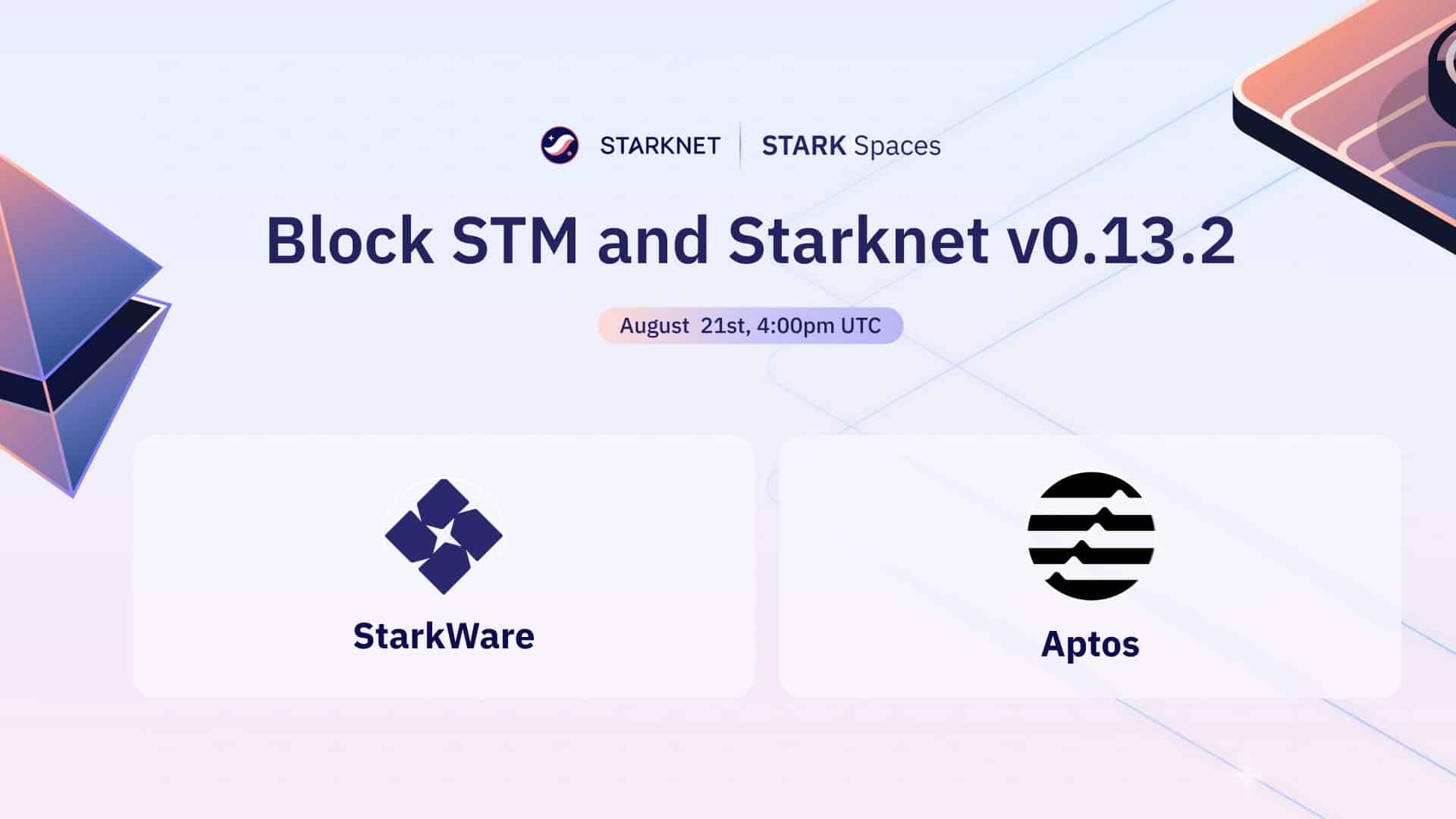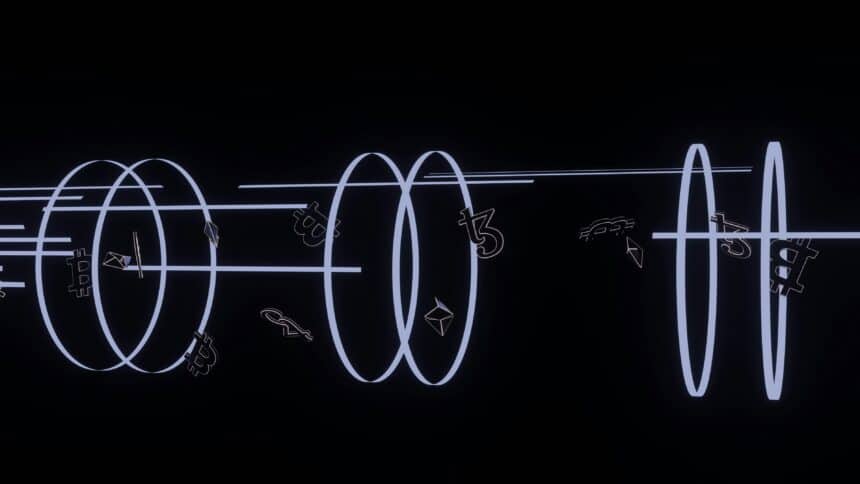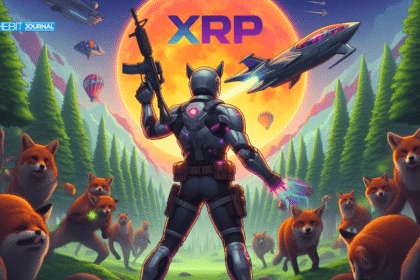Starknet, a layer-2 blockchain operating on top of the Ethereum network, has recently rolled out a testnet update aimed at improving transaction speeds. On August 21, Starknet announced the deployment of version 0.13.2 on its testnet. This update introduces a feature known as “parallel execution,” which allows for simultaneous processing of multiple transactions, a change expected to enhance the efficiency of the network.
This update comes into play as part of a broader set of developments as Starknet’s developers, StarkWare, also announced that STRK token holders will soon participate in a mainnet vote to decide on the specifics of this new staking process, with full implementation expected by October.
The “Parallel Execution”
Traditionally, transaction processing on blockchain networks like Starknet has been sequential, meaning transactions were executed one after the other. This method, while effective, can lead to delays, particularly when the network is experiencing high traffic. The introduction of parallel execution in Starknet’s version 0.13.2 changes this by allowing transactions to be processed simultaneously.

Starknet’s developers believe this update should increase the network’s transaction capacity and speed. They noted, “Before Starknet v0.13.2, each of these transactions were executed one after the other. With v0.13.2, they’re processed in parallel (at the same time), boosting Starknet’s speed and capacity for you, users, and developers.” This change is designed to benefit both users and developers, potentially improving the experience of interacting with decentralised applications (dApps) and deploying smart contracts on the Starknet network.
Upcoming Mainnet Rollout
The testnet update is currently live, and Starknet’s developers have indicated that the final rollout on the mainnet is expected to take place within a week. This timeline suggests a relatively quick transition from testing to full implementation, with the aim of bringing the benefits of parallel execution to all users on the mainnet. The impact of this update on the network’s performance will likely become clearer once it is fully deployed on the mainnet, allowing for broader usage and observation under typical operating conditions.
Staking Mechanism: Community Involvement in Governance
In addition to the testnet update, Starknet’s developers have also announced plans to introduce a staking mechanism on the network. On August 20, StarkWare revealed that STRK token holders will be able to participate in a mainnet vote to determine the specifics of this new staking process. The staking mechanism is scheduled for a phased rollout, beginning with a testnet phase in September and followed by a mainnet launch in the fourth quarter of 2024.

The proposal for staking includes details on the minting mechanism and the protocol for adjusting staking parameters. According to the developers, this approach is intended to give the Starknet community a more direct role in the governance and development of the network.
Future Outlook
The recent updates to Starknet, including the introduction of parallel execution and the upcoming staking mechanism, represent significant technical and governance developments within the network. The parallel execution feature is designed to address the need for faster transaction processing, while the staking mechanism is aimed at involving the community more directly in network governance.
As these updates are implemented, their effects on the network’s performance and community engagement will become more apparent. Starknet’s progress in these areas may influence its position within the broader Ethereum ecosystem and the layer-2 blockchain space. The network’s future trajectory will depend on the outcomes of these updates and the community’s response to the new features and governance opportunities. As with any blockchain development, the real-world impact of these changes will be measured by their adoption and effectiveness in addressing the needs of users and developers.




























